Installing Artificial Grass
Requirements for laying artificial grass
- Carpet Roll Supplies artificial grass
- Geo-Textile: stabilises the surface underneath the artificial grass
- Glue for artificial grass: for glueing the joins in the artificial grass
- Glue spreader: to spread the glue evenly
- Grass seaming tape: for quick and easy glueing of joins in the artificial grass
- Stanley knife: for cutting the artificial grass to the exact size
- Ties for artificial grass: to fasten the artificial grass more securely
- Silica sand: sanding down the artificial grass down provides added stability for the mat and extra protection for the artificial grass fibres.
- Brush or broom: for brushing the artificial grass straight
Instructions for installing artificial grass
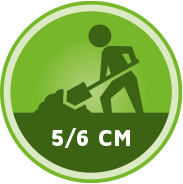
Remove any old grass, level the surface and spread a substantial layer of building sand across the surface (5 to 6 cm).

Compact this layer of sand properly and sprinkle with water.

Level the sand so that you are left with a nice even surface.

Roll the geo-textile out and cut to size.

Roll out the artificial grass, making sure to even out any creases. The pile should point towards the spot from where you are most likely to view the grass.
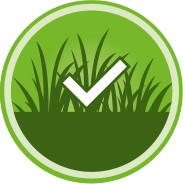
Check the artificial grass for any production defects.
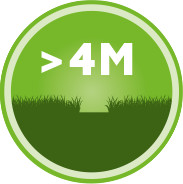
For surfaces that exceed more than 4 m you will have a join. If this is not the case, cut the edges to the required shape/outline.
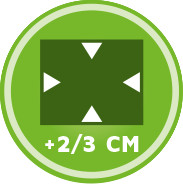
If the temperature drops, it’s possible the artificial grass will shrink. The artificial grass may contract if it is laid during the day when temperatures are between 20 to 25 degrees Celsius and it cools to 17 degrees Celsius in the evening. We would advise when you lay the artificial grass so that you leave 2 to 3 centimetres extra in length.

If you do need to make a join, pull back the artificial grass and make a join between the two rolls with a Stanley knife. The black backing to which the artificial grass fibres are attached will protrude a little on both sides. These sides must be cut away.
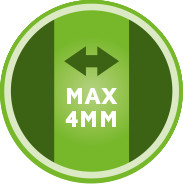
Roll out the next strip of artificial grass and repeat the same process as for the first strip of artificial grass. Lay both pieces together and check that they are properly aligned and no join can be seen (the width of the join between the two strips should be no more than 4 mm).

Pull back both pieces and apply the artificial grass seaming tape or the adhesive tape directly under the join.
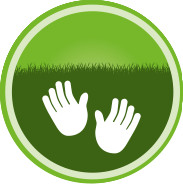
Lay both pieces of artificial grass together again and carefully apply pressure to the glue with your hands on the backing of the artificial grass.
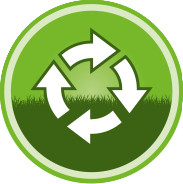
Repeat the steps above until all the artificial grass is in place.
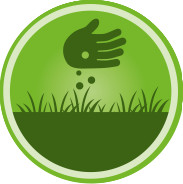
To enhance the wear and appearance of your Condor Grass we recommend you to spread silica sand onto the artificial grass (5kg per m2).

Remove all the left-over pieces and brush the artificial grass with a brush or broom.